Is your chilled water system underperforming? Explore the five most common industrial chilled water pump problems, from no flow to leaks, and learn practical solutions to get your glycol chiller system running smoothly again.
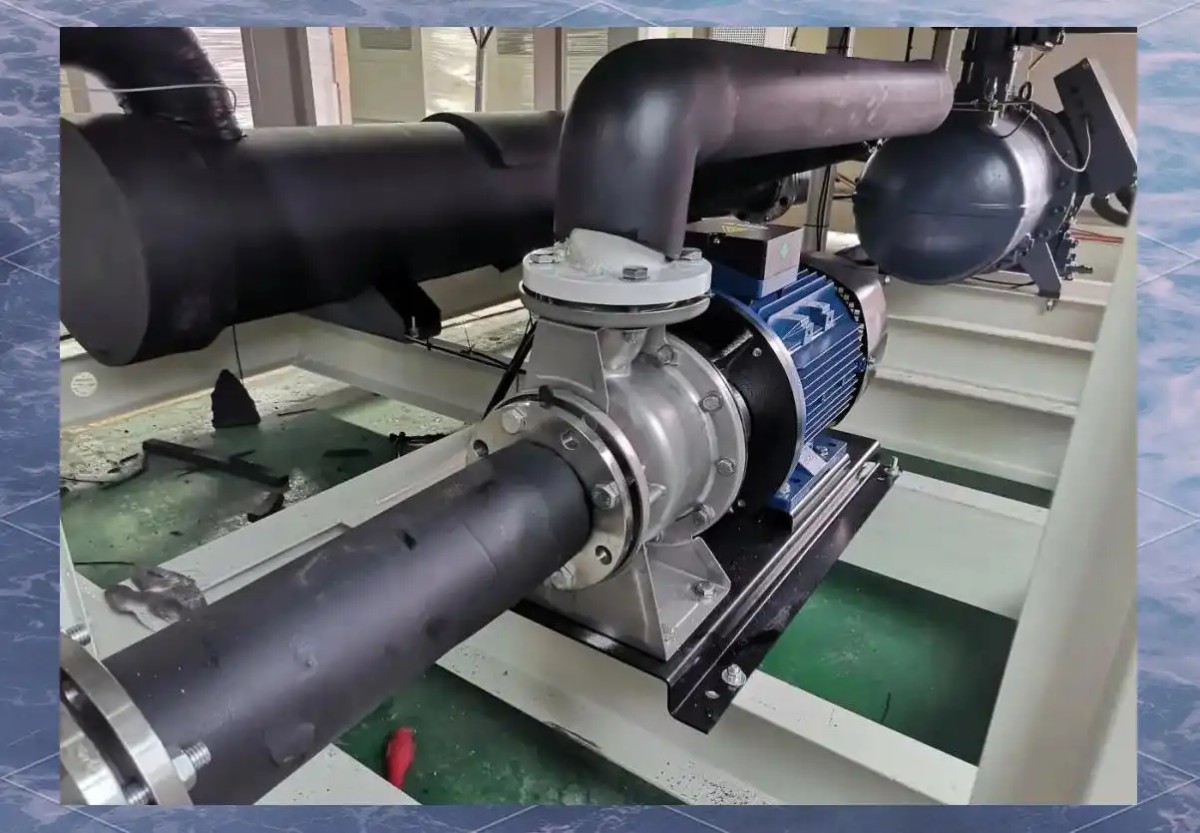
The chiller is the heart of your operation, and pump problems can be like a cardiac arrest. Pumps are critical components that circulate the coolant—whether it's water or a water-glycol mixture—throughout the chilled water system. Any pump problem can lead to inefficient cooling, production downtime, and costly repairs.
Whether you operate a sophisticated glycol beer chiller for a brewery or a large-scale industrial chiller for a manufacturing company, understanding common pump problems is key to maintaining normal operation. In this guide, we'll cover the five most common pump problems in industrial chillers and provide practical solutions.
1. Problem: No Liquid Flow or Low Water Flow
You will see: The chiller is running, but the system is not cooling effectively. This may trigger a temperature alarm.
Causes:
Air lock: Air trapped in the pump impeller prevents it from delivering fluid.
Closed valve: The isolation valve on the inlet or outlet side is accidentally closed.
Clogged inlet screen: Debris and scale are blocking fluid flow to the pump.
Damaged impeller: The impeller is worn or cracked, preventing it from delivering water.
Solution:
Bleed air: Most pumps have an air vent. Open the vent while the pump is running until a steady flow of water is observed.
Check valves: Ensure all relevant manual valves are fully open.
Clean screens: Shut down the system, isolate the pump, and clean the Y-strainer on the inlet side.
Inspect the impeller: This may require a technician to disassemble the pump. If damaged, replace it.
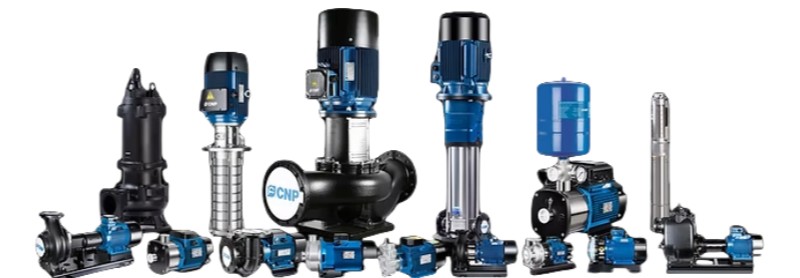
2. Problem: Excessive Pump Noise
When you see: Your glycol cooling system suddenly becomes noisy, with the pump making grinding, cavitation-like, or loud humming noises.
Cause:
Cavitation: This occurs when the pump's inlet side is starved of fluid, causing vapor bubbles to form and violently collapse inside the pump. It can sound like gravel in the system.
Bearing wear: Bearing failure can produce grinding or rumbling noises.
Air in the system: Gurgling or whistling sounds often indicate air in the system.
Solution:
For cavitation: Check for a clogged inlet filter, a closed inlet valve, or a low fluid level in the reservoir. Ensure the fluid temperature is not too high, which could cause vaporization.
For bearings: Bearing replacement requires a qualified technician. Regular maintenance can prevent this.
Bleed the system: Again, bleeding air from the pump and high points in the piping can resolve the gurgling noise.
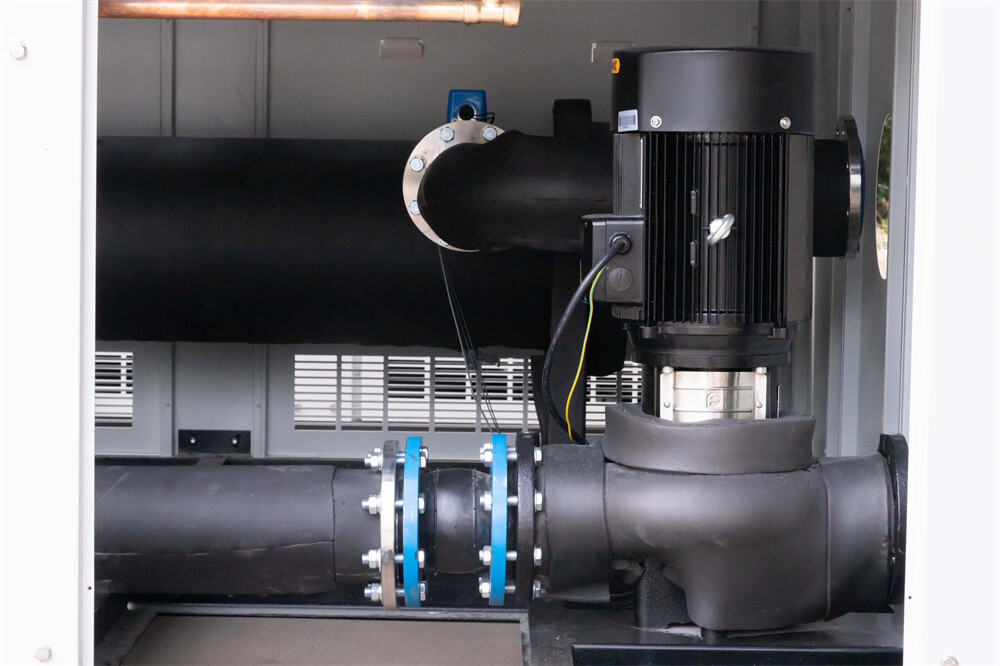
3. Problem: Pump Won't Start
When you see: The industrial chiller control panel may display a pump fault alarm, or the pump may not respond after receiving a start command.
Causes:
Electrical problem: A blown fuse, a tripped circuit breaker, or a loose wire.
Motor Fault: The pump motor has burned out.
Control Fault: A faulty relay in the control panel or a problem with the pump starter.
Solution:
Check the power supply: Verify that the circuit breaker is closed and the fuse is intact. Warning: Always follow lockout/tagout procedures before inspecting electrical components.
Check the contacts: A technician should check that the contactors and overload relays are functioning properly.
Motor Test: If the power supply is confirmed to be normal, the motor itself may need to be tested and replaced.
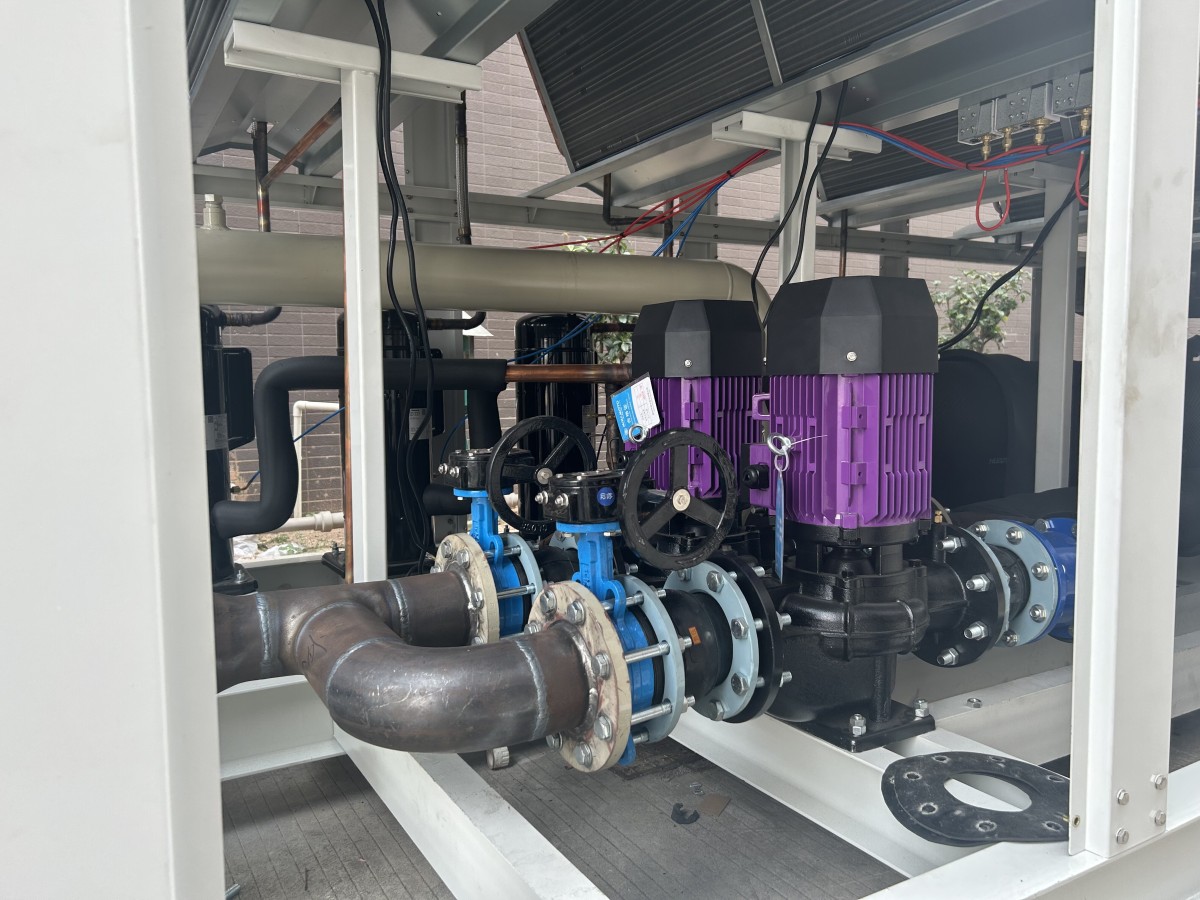
4. Problem: Visible Leaks Around the Pump
When you see: Water puddles or glycol accumulation around the pump base of your industrial chiller.
Cause:
Mechanical seal failure: This is the most common cause of leaks. Seals wear over time due to friction and chemicals (especially in glycol beer chillers that use cleaning chemicals).
Loose connections: Inlet/outlet pipe fittings or hose connections are loose.
Solution:
Tighten connections: Carefully tighten any visibly loose fittings.
Replace seals: A leaking mechanical seal cannot be repaired and must be replaced. This is a delicate job and is best performed by a qualified technician to avoid damaging the sealing surfaces.

5. Problem: Pressure Loss or Low Discharge Pressure
When you see: System pressure readings lower than normal, resulting in insufficient flow and reduced cooling capacity.
Causes:
Impeller wear: Erosion or corrosion can reduce the impeller's ability to generate pressure.
Changes in system demand: Adding circuits or opening bypass lines can change system dynamics.
Incorrect pump speed: For VFD pumps, the speed may be set incorrectly.
Solution:
Inspect the impeller: Check for wear and replace if necessary.
Check system changes: Ensure that no unexpected changes have been made to the piping loop.
Check VFD settings: Confirm that the VFD parameters are set correctly for the application.
Proactive maintenance is key
The best solution is always prevention. Most of these issues can be avoided by working with a reputable industrial chiller manufacturer and adhering to a strict preventative maintenance plan. Regularly:
Check fluid levels and quality.
Listen for unusual pump noises.
Check for leaks.
Clean the water inlet filter.
Schedule a professional inspection annually.
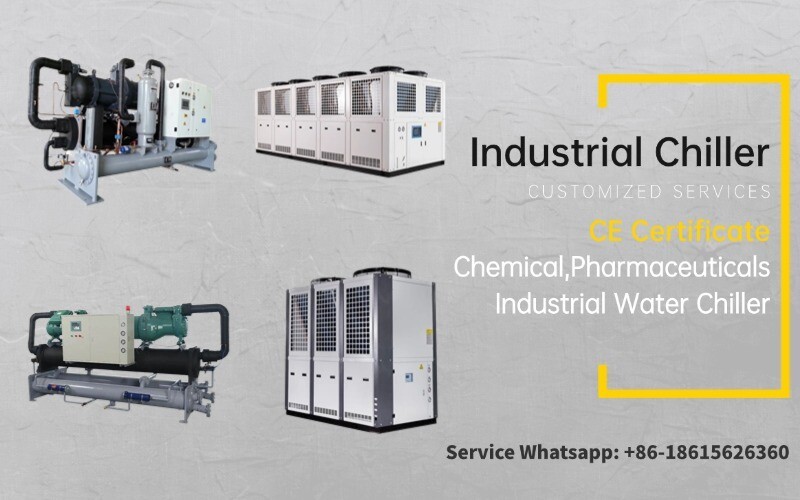
Is your pump problem not being resolved quickly? Don't let downtime cost you money. Contact Jinan Darko Machinery Co., Ltd, a professional industrial chiller manufacturer, for expert service and genuine spare parts to ensure your system's durability and reliability.
